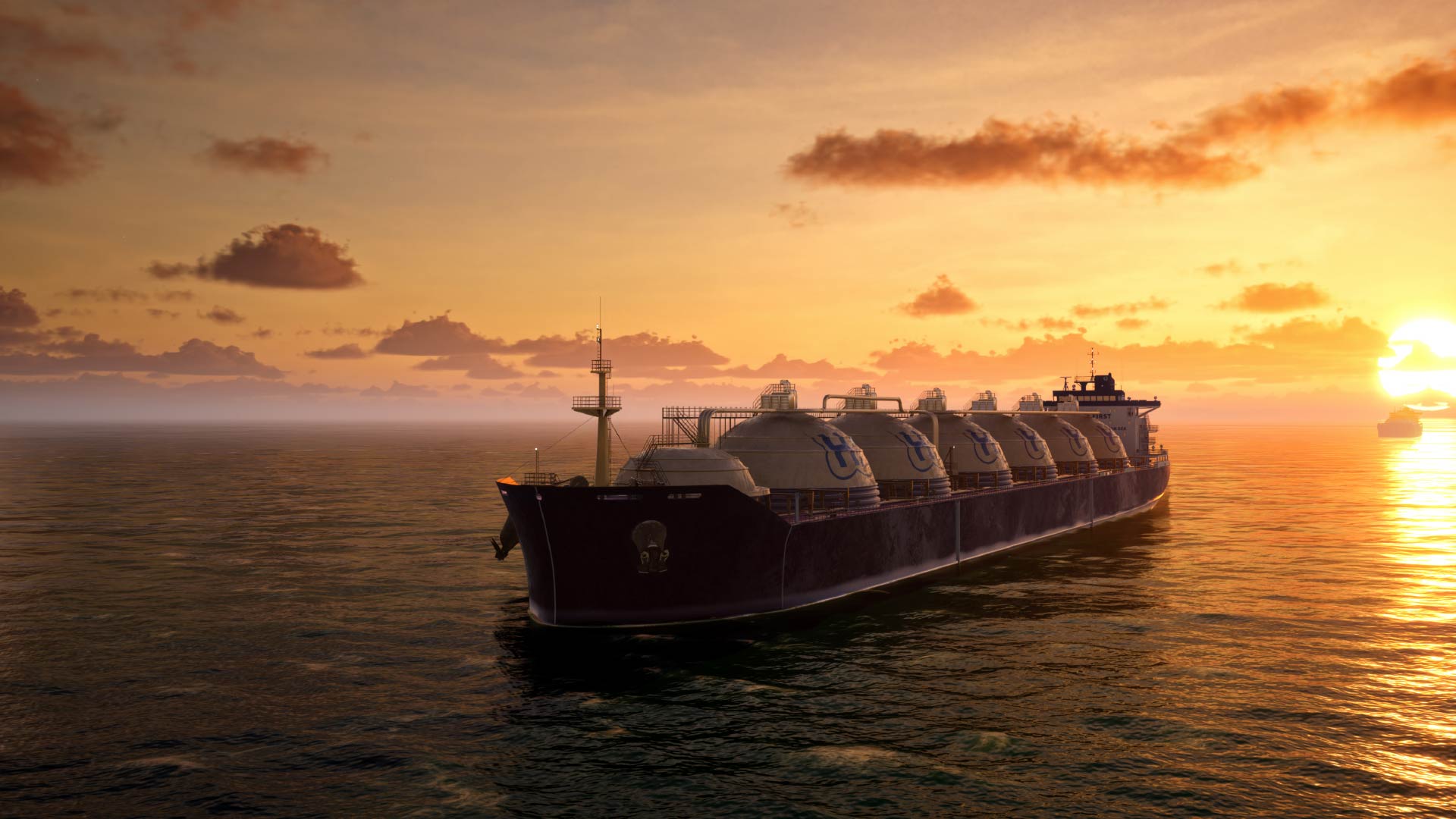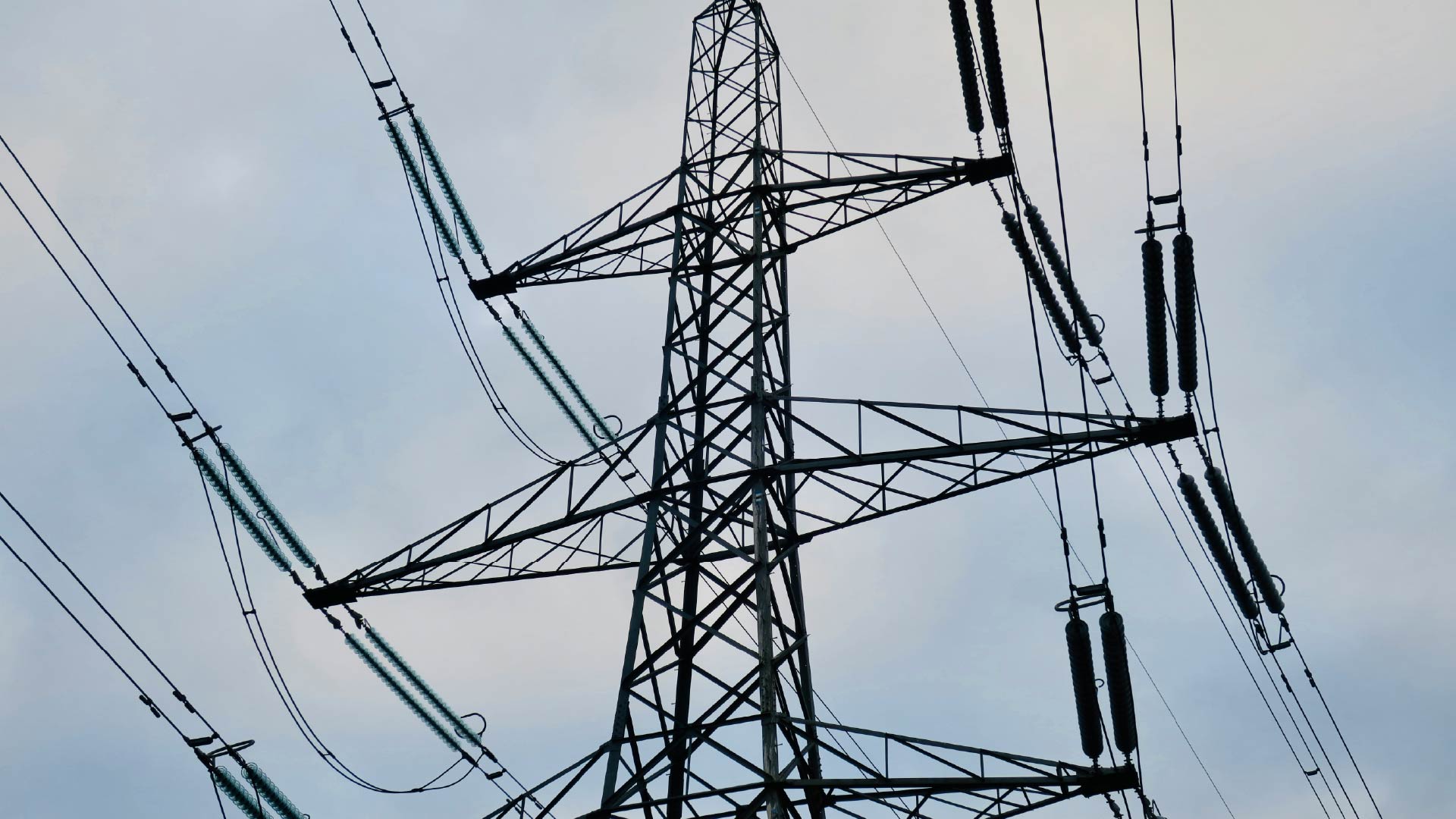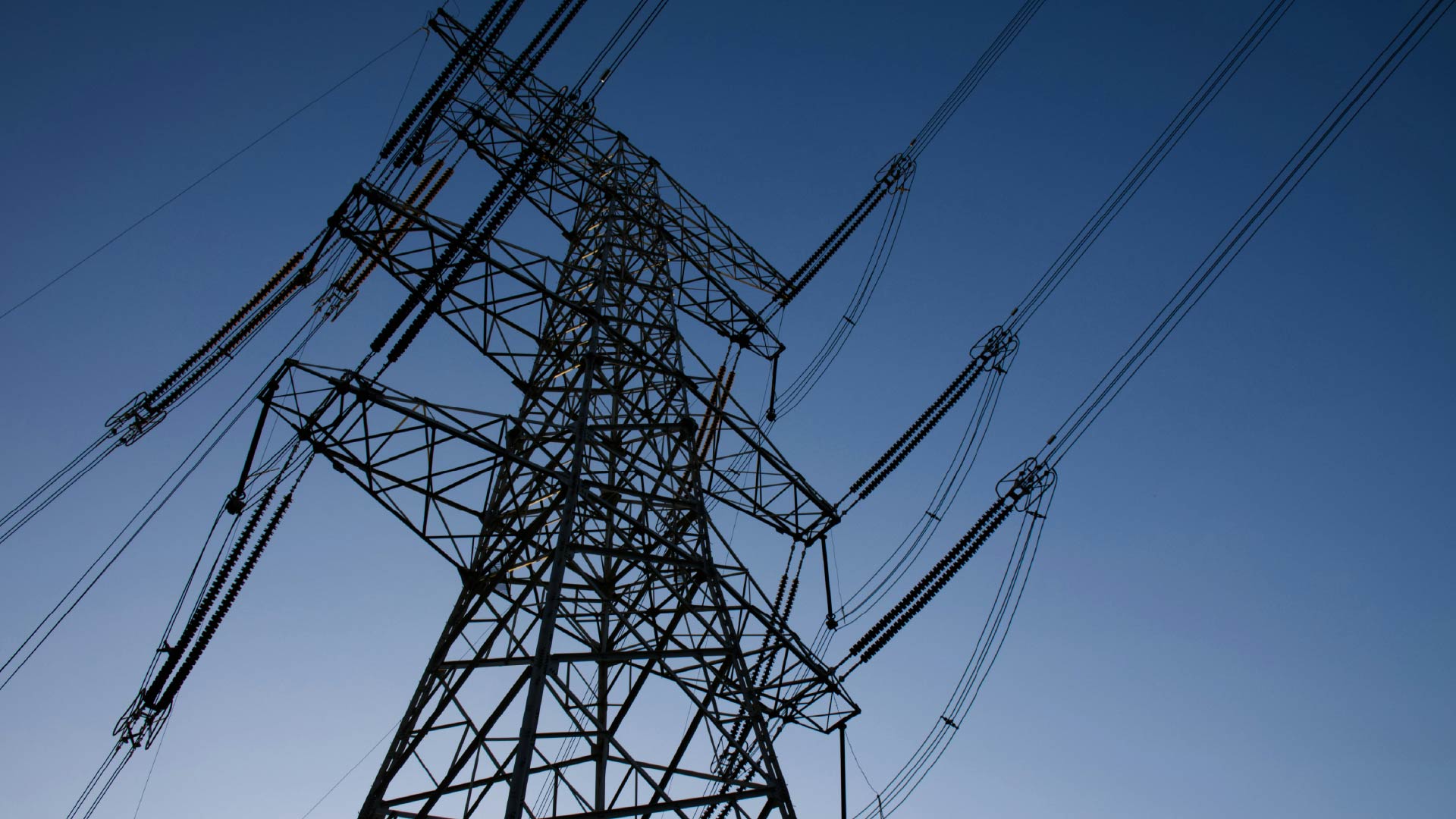TNFD Tech: New Report Charts The Emerging Nature Data And Analytics Market

Alice Saunders
As businesses look to collect, assess and disclose nature-related data in line with the TNFD, or mandatory frameworks such as the CSRD, a range of nature data and analytics providers are moving to respond to their requirements. Digital tools and remote sensing can support firms with nature-related assessments by delivering timely and cost-effective insights without requiring hours of work by ecologists.
Verdantix has identified five commonly used technologies to gather and assess nature data for corporate and financial services firms:
- Geospatial data.
Satellite data are the main data source used for nature-related assessments, as they are accessible without having to set up equipment on site and can be used to visualize multi-layered data sets together. Both NatureMetrics and Vizzuality use satellite data to help clients communicate with stakeholders and fuel decision-making.
- Bioacoustics.
Bioacoustics refers to the study of the production, transmission and reception of animal sounds in nature, often captured through acoustic monitors and quickly processed using machine learning (ML).
- IOT sensors, including LiDAR and radar.
Camera traps, sensors and radar systems are also used to assess biodiversity and are often applied alongside bioacoustics data. A small number of vendors are also applying LiDAR (light detection and ranging) – a remote sensing method that uses lasers to determine distances. LiDAR can see through dense environments and create a high-precision 3D structural model to assess terrain, topography and vegetation.
- AI and ML.
The majority of nature-related data and analytics providers leverage ML in some capacity to speed up species identification, efficiently analyse remote sensing data, and model areas with limited data availability. Tech giants such as Google and Microsoft are lending their AI expertise in biodiversity projects to non-profits and businesses.
- UAVs and drones.
A small number of vendors are pairing drone imagery with satellite data and ML to count species and conduct site assessments with more high-resolution local images. For example, Picterra partnered with Falcon Eye Drones, a drone service provider based in the Middle East, allowing researchers to use its ML technology to detect and count animals from drone photography.
Although nature data and analytics is an emerging market, there are a range of different players moving into the space and leveraging the technologies listed above. To learn more about nature data and analytics providers and how to approach the market as a buyer or investor, check out our Market Insight: Nature Data And Analytics Emerge To Support Disclosures.
About The Author

Alice Saunders
Industry Analyst





